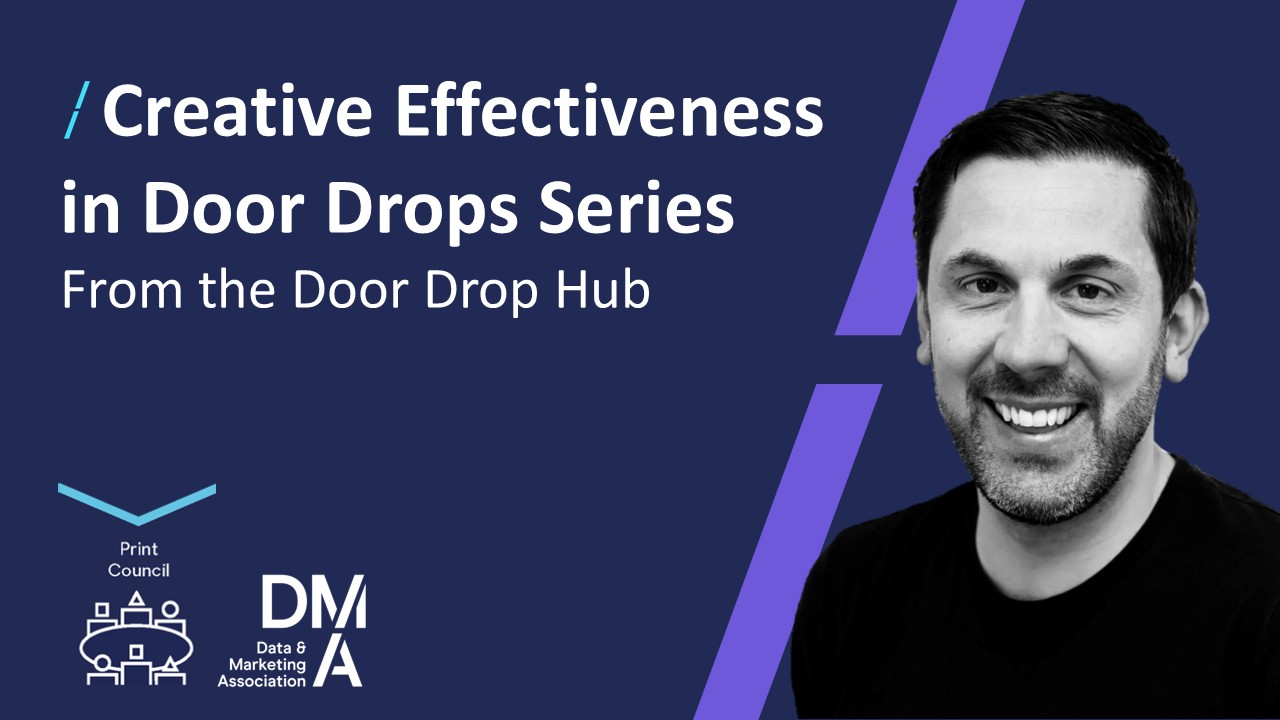Testing and measuring campaigns to maximise ROI
06 Jun 2019

Continuous improvement should be a core philosophy for any business, a mind-set shared across all areas of the organisation, including operations, sales, marketing and development. Given the heavy cost of marketing acquisition, it is particularly important that marketing activities undergo rigorous testing, so efforts can be refined and improved to maximise their contribution to the bottom line.
However, the nature of today's marketing environment and technologies can make testing a complex process. With all this complexity, how can you identify the areas that need improving? To get you started, we’ve outlined some of the different ways you can test your marketing approach to maximise your conversion rates.
Identify the right metrics
Before you go about setting up any tests, first consider the metrics that will be the most valuable to measure. If you aren’t sure what these are, think about the results you are hoping to see.
Example: Your email newsletters haven’t been getting as many opens of late, so you’d like to conduct some tests to improve the open rate. A/B testing two different subject lines would help you to identify what messaging resonates better with your audience and encourages them to open your emails.
Example: Over the last few months, your company has received several negative Google reviews that has brought your overall rating down, with issues that your team were not aware of. One solution to this issue could be implementing post-purchase follow-up calls or emails to engage with your customers, gain an understanding of their experience and potentially solve any issues before they escalate.
A/B testing
A/B testing (or split testing) is a technique that can be applied across multiple channels in order to test two variables and measure the results to refine your activity for the best outcome. This method is commonly used to test how users engage with websites or with content on websites, for testing effective email subject lines and for honing messaging to achieve a better conversion rate across paid media posts.
Multivariate testing
Multivariate testing is a similar technique to A/B testing but involves testing multiple variables to determine which combination of variations achieve better results for your website. Where A/B testing generally involves making one change at a time to test, multivariate testing can be useful in situations where there is a shorter timeframe involved.
However, it is important to note that if you would like to utilise multivariate testing, your website should receive significant quantities of traffic to be able to test multiple variables and produce meaningful results.
Heat maps
Heat maps can be used to determine activity or engagement with particular variables and uses colour to present data in a visual way, for example identifying red ‘hot spots’ where engagement is high. You might use a heatmap on a webpage to determine your users’ journey around your site, to measure how they engage with your content or how far they scroll down a page.
Email marketers often use heat maps to identify the most effective calls to action within a campaign or which type of link is clicked the most over others (i.e. buttons versus images). ‘Cooler’ areas on the heat map will pinpoint areas that are overlooked and allow you to analyse the reasons behind this, such as whether you could refine messaging or make calls to action more prominent.
Customer surveying
Testing specific elements helps you tweak and improve individual campaigns but it is also vital to keep in tune with your typical customer’s wants, needs and motivations on an ongoing basis to inform overall strategy. This will help you craft campaigns that are tailored to your customer’s expectations in terms of format, tone, style, and messaging and more likely, therefore, to elicit a positive response. Depending on your objective, surveying can be an effective way of reaching out to a significant part of your customer base for feedback, whether a scored NPS survey or a more longtail survey that provides qualitative data and deeper customer insight.
In addition to helping hone your activities, establishing an ongoing rapport with customers and asking for feedback demonstrates the value you place in them and creates the foundation for a longer-term relationship.
Human to human interaction either face to face or over the phone can capture customer insight to inform overall customer engagement strategies. Telemarketing calls can be tailored to gather feedback around your proposition and messaging, and collect other intelligence such as how your brand is perceived in your target market. In addition, pre and post sales phone research can ensure that your customer intelligence is up-to-date and you have a solid understanding of your customers and how they want to interact with you.
If you feel you are out of touch with your customer base and your sales and marketing campaigns would benefit from a source of fresh customer insight, get in touch to discuss how we can help.



1.png)

Please login to comment.
Comments